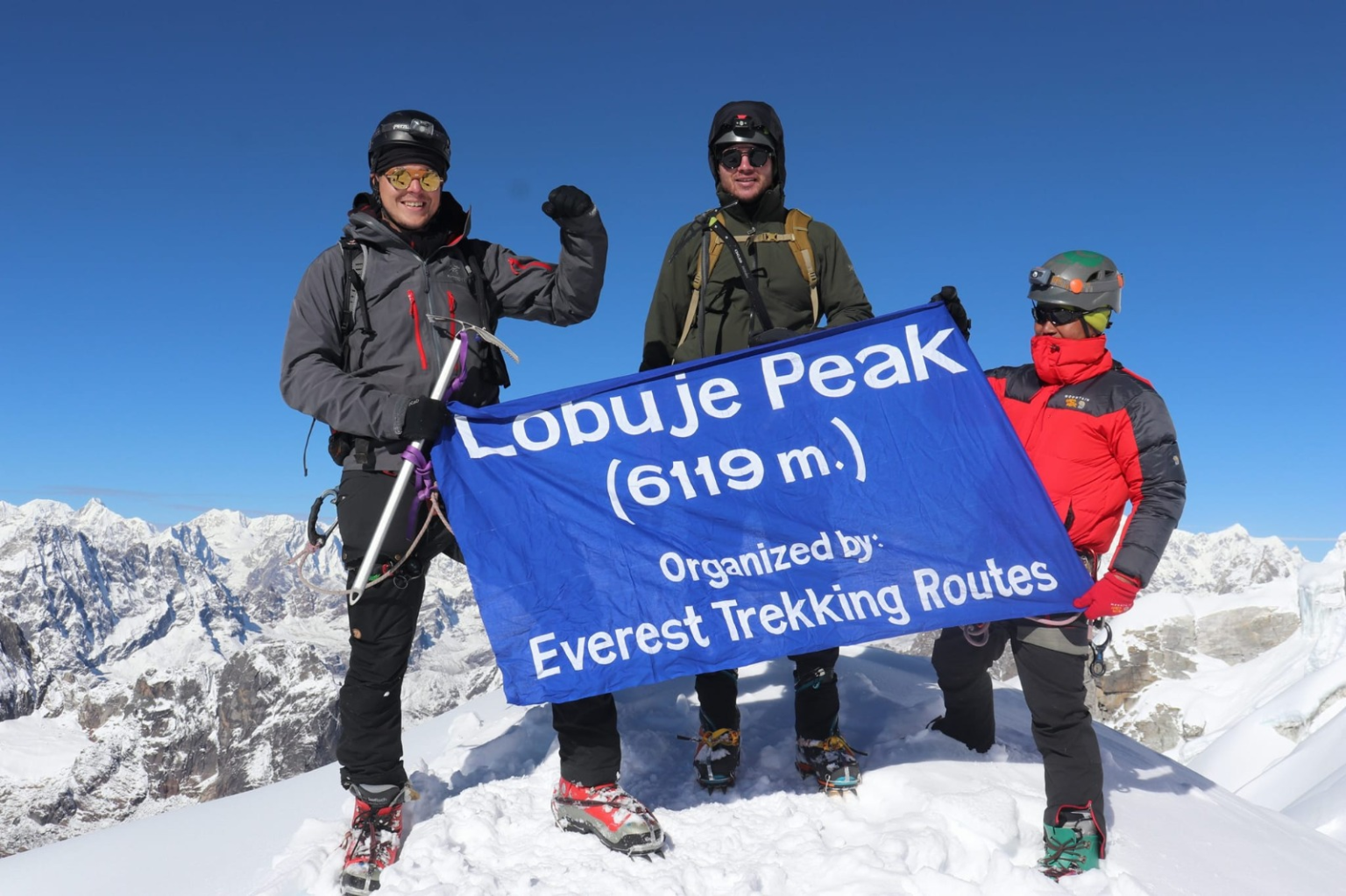Nepal’s Himalayas are a realm where dreams meet reality. Snow-laced ridgelines, ancient glacial valleys, and towering peaks inspire awe and beckon climbers from around the globe. Among the many accessible summits for trekking and climbing enthusiasts, Lobuche Peak, Island Peak, and Mera Peak stand out as premier destinations. These three peaks offer not only an unforgettable mountaineering experience but also a deep immersion into Nepal’s vibrant mountain culture, remote wilderness, and ethereal landscapes.
Each peak delivers a different kind of challenge and reward—ranging from technical ascents to endurance-based high-altitude trekking. Whether you’re an aspiring mountaineer or an experienced climber seeking your next conquest, understanding the essence of each peak is essential.
Lobuche Peak: The Technical Climber’s Choice
Rising to an elevation of 6,119 meters (20,075 feet), Lobuche East Peak is regarded as one of the most technically demanding trekking peaks in Nepal. It lies near the Khumbu Glacier, not far from Everest Base Camp, and is often chosen as a preparatory climb for Everest aspirants.
The journey to Lobuche begins along the legendary Everest Base Camp trail, winding through iconic Sherpa villages such as Namche Bazaar, Tengboche, and Dingboche. The route is a spectacular introduction to high-altitude life, marked by ancient monasteries, fluttering prayer flags, and the ever-present majesty of towering peaks.
The climb itself involves a mix of rock scrambling, steep snow slopes, and exposed ridgelines. Fixed ropes are commonly used in the upper sections, and climbers must be well-versed in techniques such as ice climbing, crampon use, and rope management. The final summit ridge is narrow and icy, requiring both caution and confidence.
What sets Lobuche apart is the reward at the top. From its summit, climbers are greeted with commanding views of Everest, Lhotse, Makalu, Pumori, and Ama Dablam, among many others. It is a breathtaking 360-degree panorama of the Himalayas—arguably one of the finest in the region.
Island Peak: The Perfect Balance of Challenge and Beauty
Also known as Imja Tse, Island Peak stands at 6,189 meters (20,305 feet) and is one of Nepal’s most climbed trekking peaks. Its name was coined by Eric Shipton in the early 1950s, who saw the mountain appearing like an island in a sea of ice from afar.
Island Peak offers a moderate technical challenge, making it ideal for climbers who are stepping up from basic trekking and want to experience the demands of Himalayan mountaineering. The standard route includes glacier travel, crevasse navigation, and a steep ice headwall before reaching a narrow summit ridge.
Like Lobuche, the approach to Island Peak follows the Khumbu Valley, a region rich in Sherpa culture and dominated by the towering shadows of Everest and Lhotse. The base camp is located in Chhukung, a tranquil village nestled at the head of the valley.
Despite its technical sections, Island Peak is accessible to strong trekkers who have some experience with basic mountaineering equipment. The climb is often combined with visits to Everest Base Camp or Kala Patthar, allowing for proper acclimatization and a fuller Himalayan experience.
Summiting Island Peak offers striking views of Lhotse, Ama Dablam, Baruntse, and the Imja Glacier—a visual masterpiece that captures the heart and soul of the Himalayas.
Mera Peak: The Roof of Nepal’s Trekking Peaks
At 6,476 meters (21,247 feet), Mera Peak is the highest trekking peak in Nepal. Though it is taller than both Island and Lobuche, Mera is considered the least technically difficult, making it a unique objective for fit trekkers who dream of summiting a 6,000+ meter peak.
Mera’s appeal lies not just in its altitude, but in its remote and unspoiled approach. The trail to Mera winds through the Hinku Valley, a secluded region far removed from the crowded Everest corridor. Along the way, climbers pass through dense rhododendron forests, yak pastures, and isolated villages that reflect a simpler, traditional way of life.
Technically, Mera Peak is non-complex. Most of the ascent involves snow slopes and glacier travel at a gradual incline. However, its altitude poses the greatest challenge. A long summit day—often beginning in the early hours and lasting 10 to 12 hours—demands excellent physical conditioning and acclimatization.
From the summit of Mera, climbers are rewarded with arguably the most expansive view in the Himalayas. On a clear day, five of the world’s highest mountains are visible: Everest, Lhotse, Makalu, Cho Oyu, and Kanchenjunga. Few other climbs offer such a spectacle with so little technical barrier.
Conclusion: One Range, Many Journeys
Each of these Himalayan giants—Lobuche, Island, and Mera—offers a journey that transcends mere mountaineering. They are not just summits to be reached, but experiences to be lived, each shaped by the terrain, the people, and the challenge.
- Lobuche Peak is best suited for those seeking a technically demanding climb, an ideal training ground for future high-altitude expeditions.
- Island Peak is the perfect introduction to Himalayan climbing, offering moderate difficulty with immense scenic payoff.
- Mera Peak is for those who value altitude over technicality, and who desire the solitude of less-trodden paths paired with vast Himalayan panoramas.
Choosing between them is not about finding the “best” peak—because each is exceptional in its own right. It’s about matching your skills, goals, and spirit of adventure to the mountain that calls to you. Whichever summit you choose, the Himalayas will challenge you, inspire you, and ultimately change you.
Contact Details
———————
Company address: Everest Trekking Routes Pvt. Ltd.
16 Khumbu, Nayabazaar, Kathmandu, Nepal
Mobile : +977-9843467921 (Rabin)
Email: [email protected]
URL:- www.everesttrekkingroutes.com

